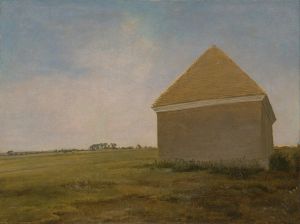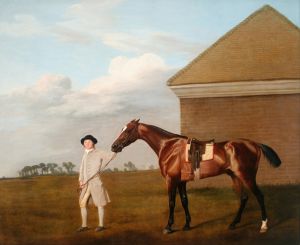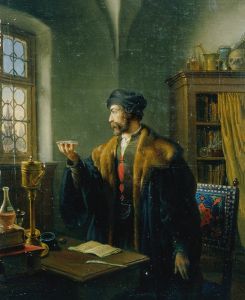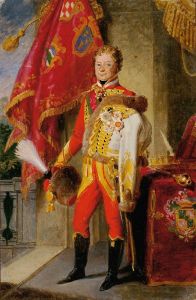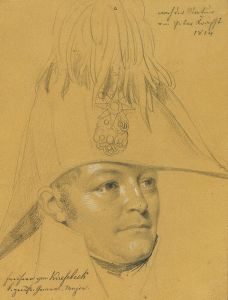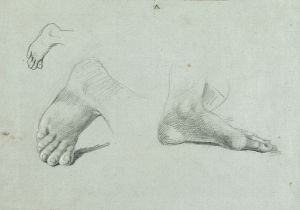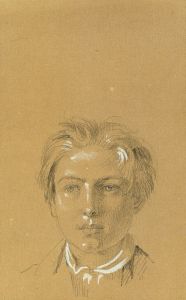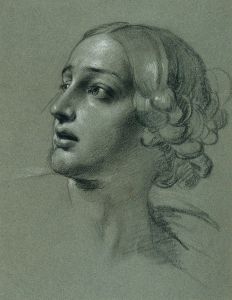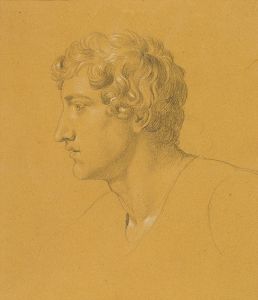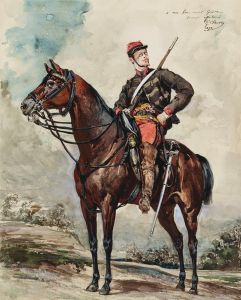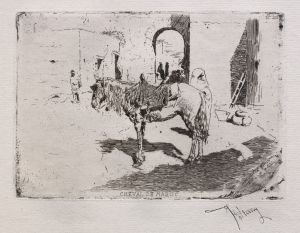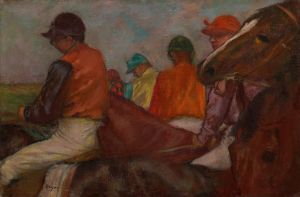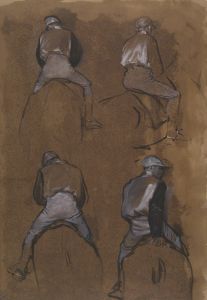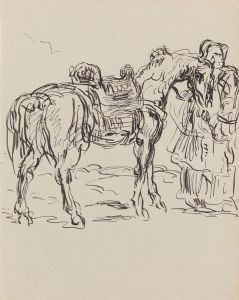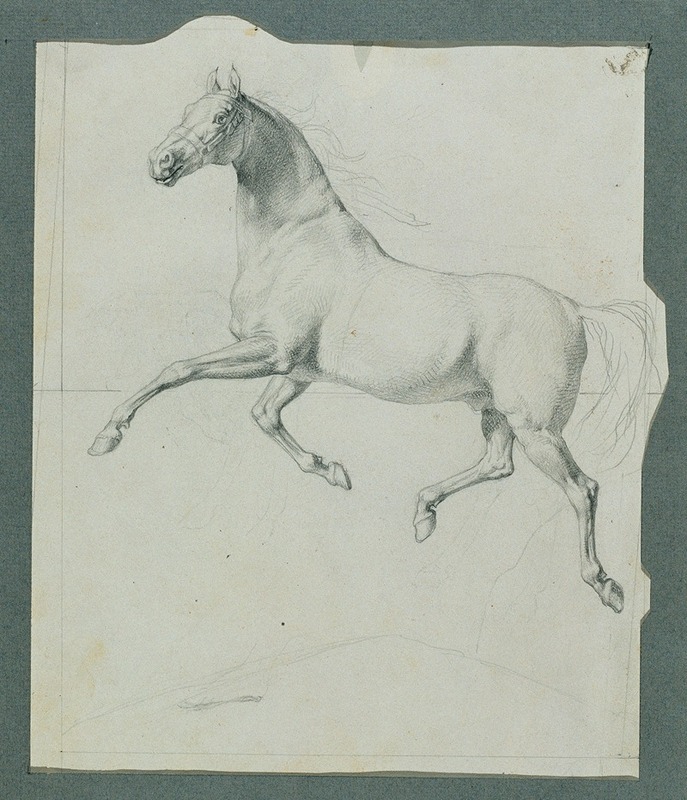
Pferdestudie zu ‘Rüdiger und Angelika’
A hand-painted replica of Johann Peter Krafft’s masterpiece Pferdestudie zu ‘Rüdiger und Angelika’, meticulously crafted by professional artists to capture the true essence of the original. Each piece is created with museum-quality canvas and rare mineral pigments, carefully painted by experienced artists with delicate brushstrokes and rich, layered colors to perfectly recreate the texture of the original artwork. Unlike machine-printed reproductions, this hand-painted version brings the painting to life, infused with the artist’s emotions and skill in every stroke. Whether for personal collection or home decoration, it instantly elevates the artistic atmosphere of any space.
Johann Peter Krafft was an Austrian painter known for his historical and genre scenes, as well as his portraits. One of his notable works is the study titled "Pferdestudie zu ‘Rüdiger und Angelika’," which translates to "Horse Study for ‘Rüdiger and Angelika’." This piece is a preparatory study for a larger composition that Krafft was working on, which reflects his meticulous approach to capturing detail and movement, particularly in equine subjects.
Krafft was born on September 15, 1780, in Hanau, Germany, and later moved to Vienna, where he became an influential figure in the Austrian art scene. He studied at the Academy of Fine Arts in Vienna and was deeply influenced by the Neoclassical style, which is evident in his precise and detailed approach to painting. His works often depicted scenes from history and literature, and he was known for his ability to convey emotion and narrative through his art.
The study "Pferdestudie zu ‘Rüdiger und Angelika’" showcases Krafft's skill in rendering horses, which were a common subject in his works. Horses were often used in historical paintings to convey power, movement, and drama, and Krafft's studies were essential in ensuring accuracy and dynamism in his final compositions. This particular study would have been part of his preparatory process, allowing him to experiment with form, posture, and anatomy before committing to the final painting.
Krafft's attention to detail in his studies reflects the broader artistic trends of the time, where accuracy and realism were highly valued. His ability to capture the musculature and movement of horses would have been crucial in creating a believable and engaging scene in the final work of "Rüdiger and Angelika." Although the final painting itself may not be as widely recognized today, the study remains a testament to Krafft's dedication to his craft and his skill as an artist.
Throughout his career, Krafft received numerous accolades and held prestigious positions, including serving as the director of the Belvedere Gallery in Vienna. His works were celebrated for their technical proficiency and emotional depth, and he played a significant role in shaping the artistic landscape of his time. Krafft's legacy is preserved in various collections, and his studies, such as "Pferdestudie zu ‘Rüdiger und Angelika’," continue to be appreciated for their contribution to the art of historical painting.
In summary, Johann Peter Krafft's "Pferdestudie zu ‘Rüdiger und Angelika’" is an exemplary piece that highlights his expertise in depicting horses, a subject that required both artistic skill and a deep understanding of anatomy. This study not only served as a preparatory work for a larger composition but also stands alone as a demonstration of Krafft's ability to convey movement and vitality through his art.





